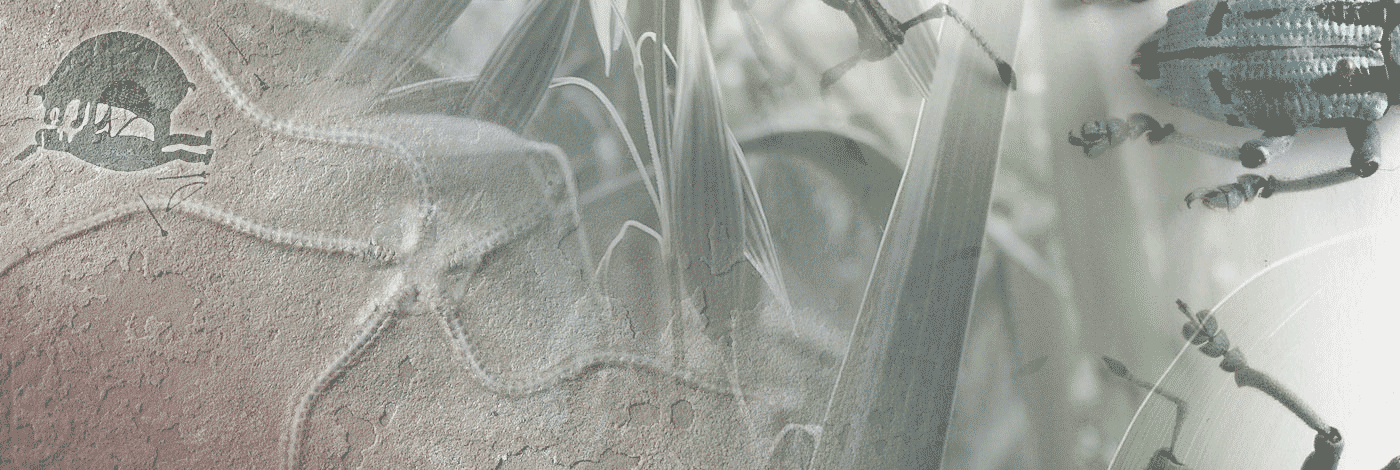
 Bulletin du Muséum national d'Histoire naturelle, 4ème série – section A – Zoologie, Biologie et Écologie animales
17 (3-4) - Page
Bulletin du Muséum national d'Histoire naturelle, 4ème série – section A – Zoologie, Biologie et Écologie animales
17 (3-4) - Page An extant representative of the Brachylepadomorpha, Neobrachylepas relica gen. et sp. nov., has been discovered associated with hydrothermal vents in the Lau Basin. The suborder, comprising the earliest sessile barnacles, appeared in the Jurassic. It underwent a modest diversification before the close of the Cretaceous, when it began to decline concomitant with the origin and diversification of the modern sessile barnacles (Verrucomorpha and Balanomorpha) as well as certain shell-crushing predators, and it has been absent from the fossil record in the Miocene. Thus Neobrachylepas is unique among previously known hydrothermal vent barnacles, Neolepas (Scalpellomorpha), Neoverruca (Verrucomorpha) and Eochionelasmus (Balanomorpha), in being the only known living member rather than simply the most primitive living member of its respective suborder. The Lau Basin fauna includes representatives of all four of these suborders and therefore represents the most diverse cirriped fauna of any known hydrothermal vent community.
Mesozoics relics, hydrothermal vents, center of diversity